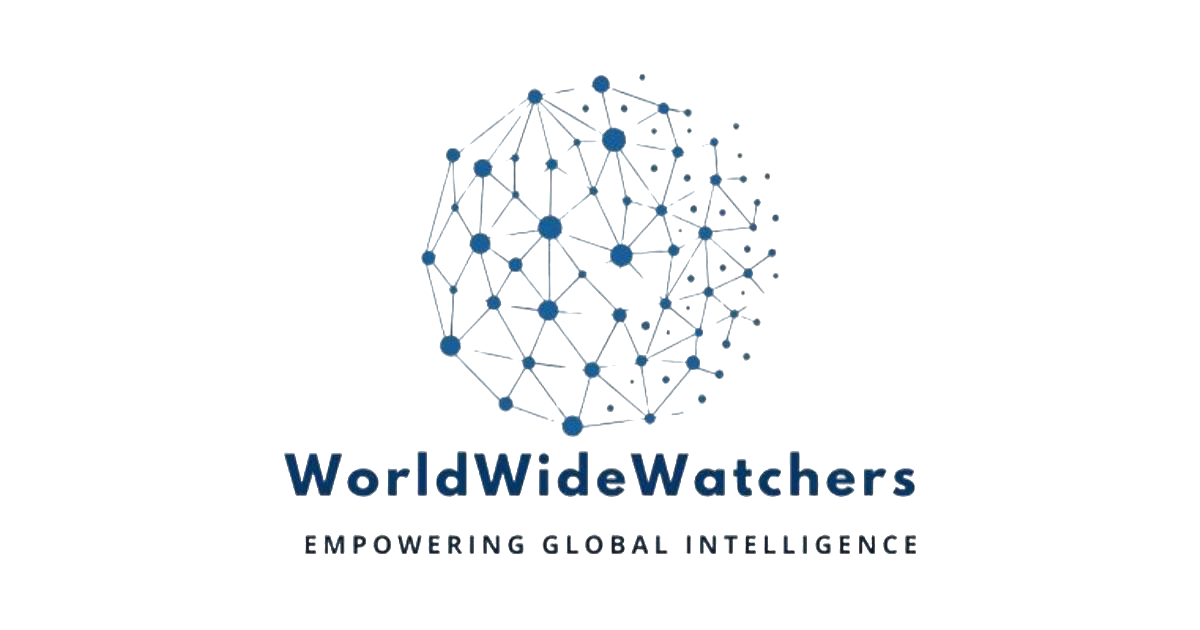
Morning Brief: Strategic Intelligence Summary for 2025-07-22
Cybersecurity
-
Insight 1 [S, Confidence: High]: Microsoft has issued an urgent alert regarding a zero-day vulnerability in SharePoint servers, affecting government agencies and businesses globally. Attackers are exploiting this flaw to bypass multi-factor authentication and gain privileged access, posing a significant cybersecurity threat.
Credibility: High, based on corroborated reports from Microsoft and federal agencies.
Coherence: Consistent with known trends of increased cyber threats targeting critical infrastructure.
Confidence: High, given the detailed technical analysis and response from cybersecurity agencies. -
Insight 2 [R, Confidence: Moderate]: Despite recent patches, vulnerabilities in on-prem SharePoint servers remain unaddressed, highlighting persistent operational vulnerabilities in widely used enterprise systems.
Credibility: Moderate, as the information is based on ongoing assessments and partial patch effectiveness.
Coherence: Aligns with historical challenges in patch management and software security.
Confidence: Moderate, due to the evolving nature of the threat and patch deployment.
Sentiment Overview:
The sentiment is neutral, reflecting a technical and urgent response to a significant cybersecurity threat without emotional bias.
Policy Relevance:
This situation underscores the need for enhanced cybersecurity measures and rapid response protocols to protect critical infrastructure from emerging threats.
Regional Stability
-
Insight 1 [G, Confidence: Moderate]: Negotiations between Israel and Hamas show cautious optimism, with potential agreements on hostage release and military de-escalation, though skepticism remains about long-term peace prospects.
Credibility: Moderate, based on statements from involved parties and historical negotiation patterns.
Coherence: Logically consistent with recent diplomatic efforts and regional dynamics.
Confidence: Moderate, due to the complex and volatile nature of the conflict. -
Insight 2 [R, Confidence: High]: Southeast Asia faces a significant reduction in foreign assistance, potentially destabilizing the region’s socio-economic landscape as Western countries redirect funds towards defense and domestic priorities.
Credibility: High, supported by credible reports from the Lowy Institute and observable funding trends.
Coherence: Consistent with global shifts in foreign aid and defense spending priorities.
Confidence: High, given the clear evidence of funding reallocations.
Sentiment Overview:
The sentiment is cautiously optimistic regarding Middle East peace efforts, but negative concerning the impact of reduced foreign aid in Southeast Asia.
Policy Relevance:
These developments call for strategic engagement in Middle East peace processes and reassessment of foreign aid strategies to mitigate potential regional instability in Southeast Asia.
National Security Threats
-
Insight 1 [S, Confidence: Moderate]: A protest at the Royal Opera House involving the unfurling of a Palestinian flag highlights ongoing tensions and the potential for cultural spaces to become arenas for political expression.
Credibility: Moderate, based on direct reports of the incident and public reactions.
Coherence: Consistent with recent trends of political activism in cultural venues.
Confidence: Moderate, as the incident reflects broader societal tensions but lacks direct security implications.
Sentiment Overview:
The sentiment is mixed, with elements of public support for political expression countered by institutional disapproval of unauthorized actions.
Policy Relevance:
This incident underscores the need for policies balancing freedom of expression with security and decorum in public and cultural spaces.
ℹ️ Legend – Analytic Tags & Confidence Levels
- [G] Geopolitical Risk: International power shifts, diplomatic tension, or alliance impact.
- [S] Security/Intelligence Signal: Operational or tactical insight for defense, police, or intel agencies.
- [R] Strategic Disruption: Systemic instability in digital, economic, or governance structures.
Confidence Levels Explained
- High: Strong corroboration and high reliability.
- Moderate: Some verification; potential ambiguity.
- Low: Limited sources, weak signals, or early-stage indications.

